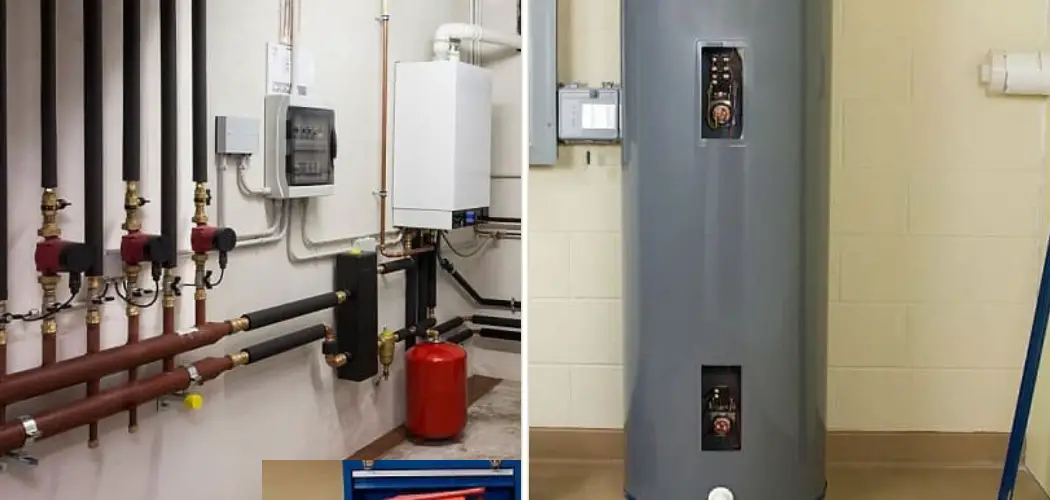Determining the correct breaker size for your water heater is important because it can prevent electrical damage or even fires. If the breaker size is too small, it will be unable to handle the current flow and cause an overload. This could lead to a fire if circuit wiring is improperly installed or a short circuit occurs. Additionally, if the breaker size is too large, it could cause other electrical equipment in the home to overheat and fail.
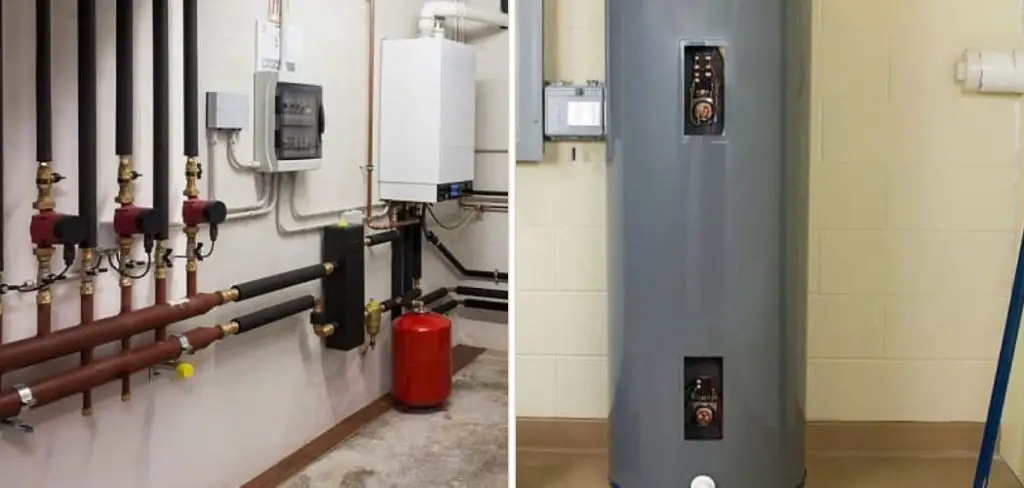
Knowing how to determine the breaker size for a water heater can have significant advantages. It can help you save time and money by avoiding the potential of purchasing an oversized or under-sized breaker and reducing the risk of overloading your home’s electrical system.
Additionally, the right size breaker will ensure that your water heater functions safely and efficiently, helping to prevent electrical malfunctions or damage. Knowing the right breaker size can also help you protect your home from potential fire hazards caused by an overloaded circuit. In this blog post, You will learn in detail how to determine breaker size for water heater.
Step by Step Processes for How to Determine Breaker Size for Water Heater
Step 1: Inspect the Water Heater’s Label
Many modern water heaters have a label that shows the wattage, voltage, and amperage required for optimal performance. This will give you an idea of the size breaker needed to handle the power load.
Step 2: Calculate the Wattage
If your heater does not have this information, use a multimeter or amp meter to determine the wattage. To do this, measure the voltage and amperage, then multiply them together. This will give you an idea of the size circuit breaker needed for your water heater. Refer to the breaker rating chart in your local electrical code book. This will show the maximum amperage and wattage for each circuit breaker size. Use this information to determine what size breaker your water heater needs.
Step 3: Consult a Professional Electrician
If you are unsure which breaker size to use, consult an electrician or other qualified professional who can help ensure that the breaker size is adequate and installed correctly. Once you have identified the correct breaker size for your water heater, install it in the main service panel or subpanel as needed. Make sure to follow all local codes and regulations when installing your new circuit breaker.
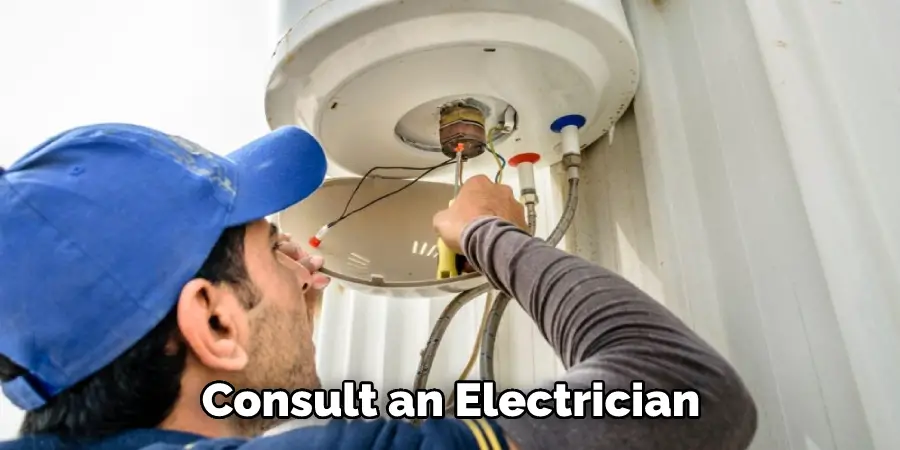
Step 4: Connect the Wires
After installing the breaker, connect the wires to it according to local codes and regulations. Ensure that your connections are secure and that there is no exposed wiring. Once all of the wirings are connected, test your breaker installation with a voltage tester. This will help ensure that everything is properly connected and working correctly.
Step 5: Turn on the Breaker
Once all of the connections are tested and secure, turn on the breaker. Make sure to use caution when doing so, as electricity can be dangerous. If you are uncomfortable turning on the breaker, consult with an electrician for assistance. Once the breaker is on, test your water heater to ensure it works properly. If it does not turn on or appear to be functioning correctly, check all of the connections and wiring once again.
Assuming everything is connected and working properly, you can now enjoy the convenience of hot water in your home. With the right breaker size, your water heater will help make life a little easier. If you have any questions about determining breaker size for water heaters or are looking for additional assistance with your electrical needs, contact your local electrician for help.
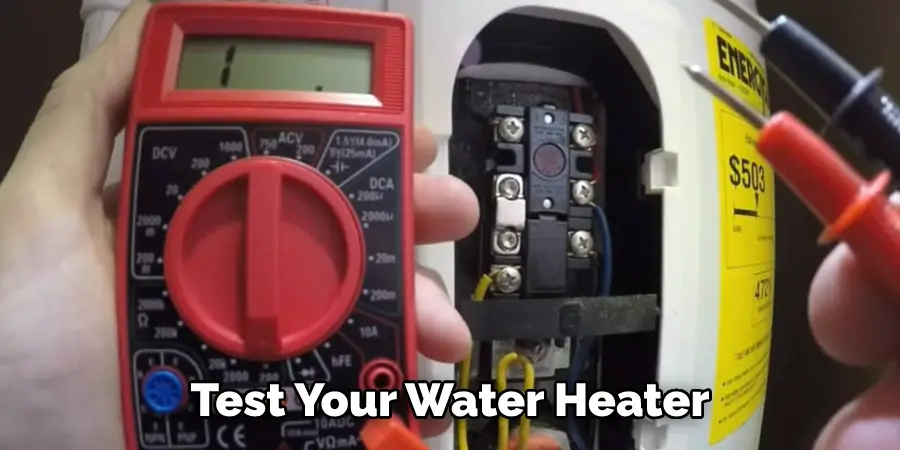
Safety Tips for How to Determine Breaker Size for Water Heater
- Make sure to turn off the power before beginning any work on your water heater’s breaker size. This should be done whether you check existing wiring or install a new one.
- Always use the proper tools and safety equipment, such as gloves, protective eyewear, and heavy-duty rubber mats, when working around electricity.
- Check the wiring diagram to determine which size breaker is suitable for your water heater before purchasing a new one.
- Match the circuit breaker size with that of the water heater’s wattage rating or in accordance with local codes.
- If installing a new water heater, make sure to check whether you need to upgrade or replace your existing wiring.
- Never exceed the amperage rating of a breaker, as this can cause it to fail and potentially cause a fire.
- Always check the circuit breaker before connecting it to your water heater by using a multimeter to test its voltage.
- If you are ever in doubt, contact a licensed electrician to help with the breaker size selection and installation. This will ensure that your water heater is safely set up and functioning properly.
Following these safety tips when determining your water heater’s breaker size can help protect you, your family, and your home from potential harm. It may seem like an easy process, but it is always better to be safe than sorry when electricity is involved.
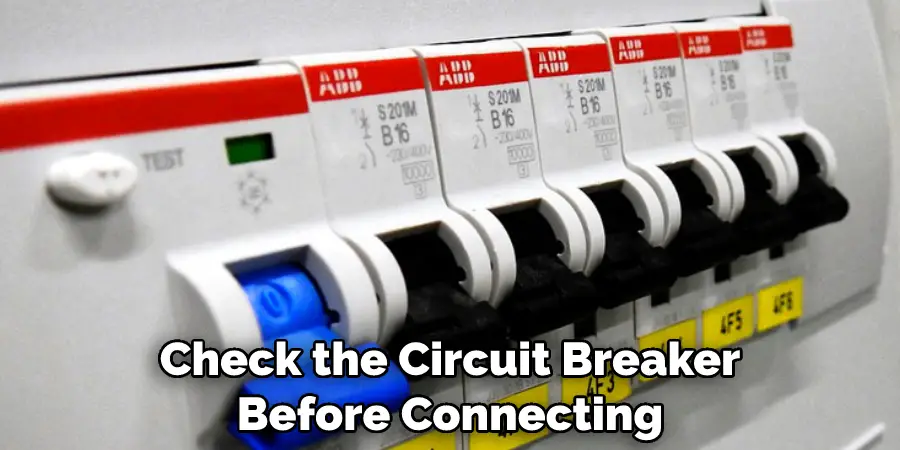
How Often Should You Inspect Your Water Heater for Signs of Damage or Malfunction?
It is important to inspect your water heater for signs of damage or malfunction periodically. This should be done based on the type and age of your unit. Generally, a gas-powered water heater should be inspected yearly, and an electric water heater should be checked twice yearly. During these inspections, you should pay particular attention to any cracked or corroded pipes, loose wiring connections, and any other signs of wear and tear.
Inspections are also a good time to check that the correct size circuit breaker is powering your water heater. If the wrong-sized breaker is used, it can cause damage to the large electrical components in your water heater, leading to costly repairs or even replacement. How do you determine the correct breaker size for your water heater? This can be done by consulting the manufacturer’s instructions that come with your unit or by using a voltmeter to measure the amperage draw of the heater.
How Can You Troubleshoot Any Problems That May Arise With Your Water Heater?
If you’re having problems with your water heater, it’s important to troubleshoot the issue and make any necessary repairs. One of the first steps is to check that you have the right breaker size for your water heater. The size of the breaker needed for a water heater will depend on its wattage rating. Most standard electric tanks require a 30- or 40-amp double pole breaker. If you have a larger tank, it may require a 50- or 60-amp double pole breaker.
To determine the breaker size needed for your water heater, start by locating the wattage rating on the manufacturer’s nameplate on the side of the tank. This should provide you with the exact wattage rating and the corresponding breaker size required. If you can’t find this information, refer to the manual for your water heater or contact a licensed electrician for assistance.
How Often Should You Have a Professional Inspect and Service Your Water Heater for Safety Purposes?
Having your water heater regularly inspected and serviced by a professional is important. This will ensure your water heater runs safely and efficiently without potential safety hazards like faulty wiring. How often you should get an inspection depends on the age of the unit and the type of water heater.
Generally, electric water heaters should be inspected every three years. Gas water heaters should be inspected and serviced every year or according to the manufacturer’s instructions. This is especially important for gas water heaters as they can pose a risk of carbon monoxide poisoning if not properly maintained.
During regular inspections, professionals will check all electrical connections and wiring, inspect the flue pipe, check for gas leaks, and clean any debris from the burner. They will also assess the breaker size to ensure it is correctly sized for your water heater. How determine the correct breaker size for a water heater is an important consideration when inspecting and servicing your unit.
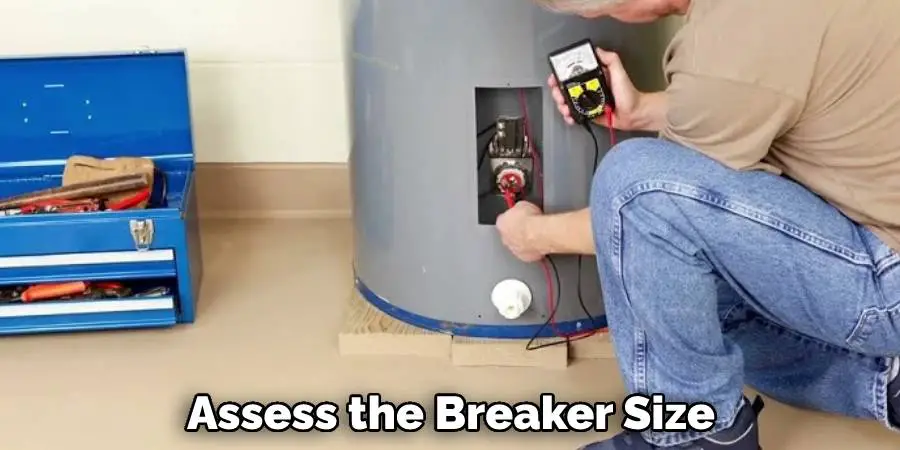
Conclusion
The main disadvantage of determining the breaker size for a water heater is that it can be difficult to calculate. It requires knowledge of electrical current and amperage, as well as accurate measurements of the circuit and power requirements. In addition, the breaker size must meet certain safety regulations, making it important to ensure that an individual has the proper knowledge before attempting to make the calculations.
In conclusion, determining the proper breaker size for a water heater is an important step in ensuring safe and efficient electricity usage. Depending on the size of your unit, you should be able to determine what type of breaker will be necessary for installation. It’s best to consult with an electrician or follow local regulations if you are unsure.
Furthermore, it’s also important to keep your water heater in good condition and regularly check for any signs of wear or corrosion. I hope this article has been beneficial for learning how to determine breaker size for water heater. Make Sure the precautionary measures are followed chronologically.

